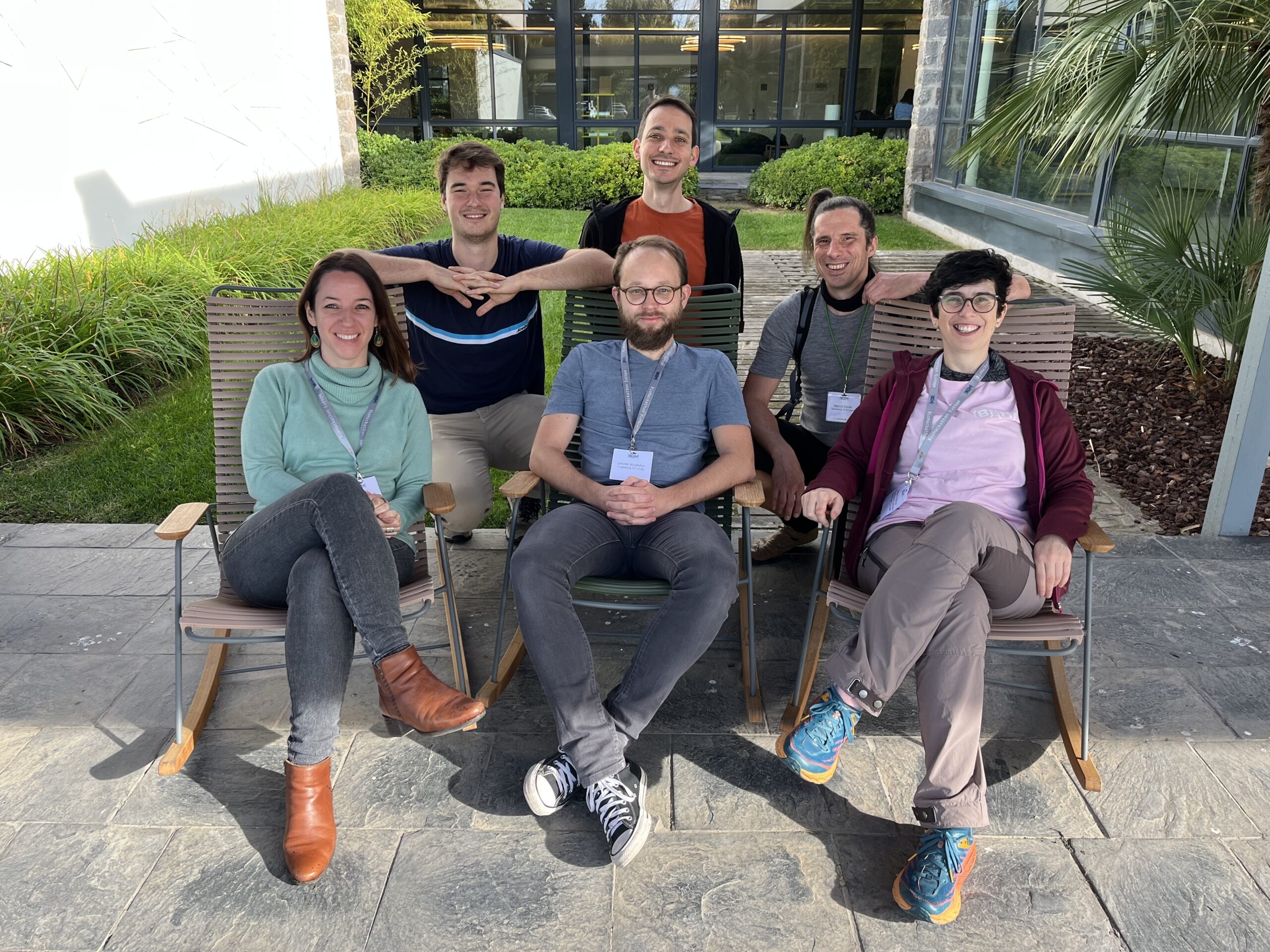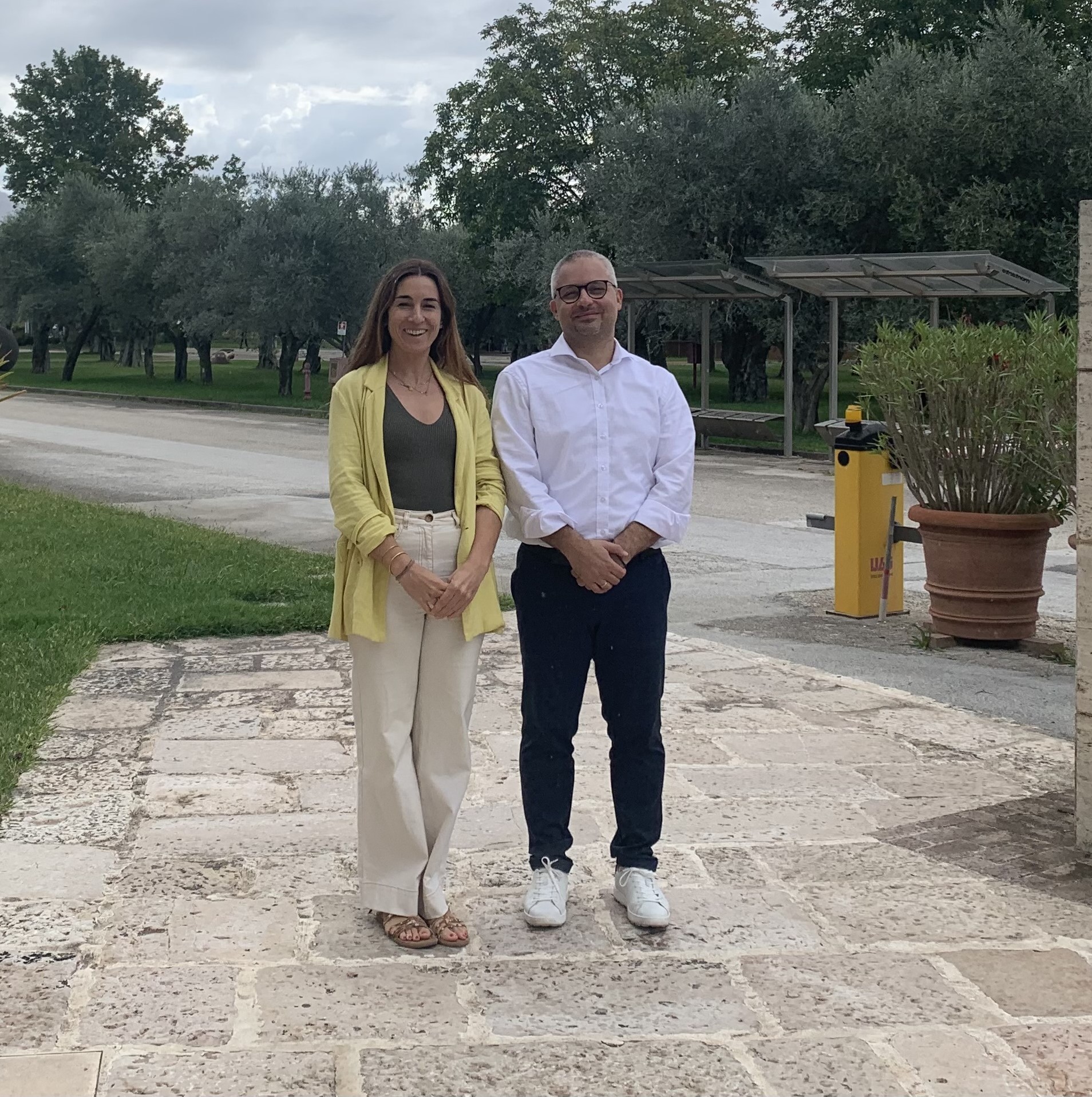
Is the biology of Homo sapiens not interesting? – opinion piece by Professor John Eriksson, Euro-BioImaging Interim Director General
The ongoing pandemic has given reason to consider the public awareness of bioscience and its general importance. In this respect, it was interesting to browse through different mass media and science journals at the turn of the year, as the new decennium, carrying the somewhat prophetic number 2020, spurred an exceptional interest in things to come. There was a cavalcade of interviews, columns, blogs, and debates from experts with presumed crystal balls to provide visions of the future. The predictions included many familiar themes: climate change, consequences thereof and necessary plans for action, digitalization, energy production, new materials, artificial intelligence, different aspects of theoretical physics, astronomy, the future of Earth and the universe, plans for space programs, and also universal themes like politics, traffic, and housing.
One subject conspicuous by its absence was, quite literally, the human being. In other words, how our own private and invisible internal universe and its workings are being revealed and what kind of medical advances these discoveries in cellular and molecular biology will lead to. The future assessments gave no reference to how findings like these will have a major impact on our biology and, therefore, on our survival as an animal species, our behavior, our health, and our population dynamics. The neglect of biomedical and molecular biosciences in future forecasts is surprising, for a number of reasons. We all know how significantly the development of Homo sapiens has affected and still affects both global environments and also the future of our entire planet. From this perspective, it is evident that all new findings with direct ramifications for the physical and health-related conditions of mankind will have decisive consequences, both directly and indirectly, for everything that occurs on Earth. Moreover, from a scientific point of view, many of the past and certainly many of the future discoveries in molecular sciences and medicine score just as many science fiction points as any of the latest observations in particle physics or astronomy, making them at least as interesting to ponder.
The coronavirus, which at the time of writing has reached pandemic proportions, is a distinctly acute example of the impact that the well-being of the animal Homo sapiens has on the concerns and affairs of the planet. As we speak, cities and countries have been literally closed down, airline traffic has practically come to a halt, stock exchange rates have plummeted, the world economy is in serious jeopardy, conferences and meetings have been canceled, transnational and national mobility has been terminated, etc. In some countries, we see societal peace and entire regimes under threat, and there is much talk of permanent economic consequences. On the upside, the most affected regions are showing drastic decreases in air pollution, energy consumption, carbon footprint, and greenhouse gas emissions. If such dramatic effects can originate from a virus that, at least in light of current statistics, seems less dangerous than some of the most powerful past influenza epidemics, how dramatic would the effects be of an alteration in human biology of a decidedly more significant and long-lasting character, positive or negative?
Many areas in basic biomedical sciences could potentially be leading to discoveries that in the biological sense are guaranteed to be more consequential, broader, more far-reaching, and especially long-lasting than the consequences of the virus epidemic that we are experiencing at present. Examples of such areas are genome editing, preventive diagnostics, personalized medicine, tissue regeneration therapies, biologically based drugs and countless other new forms of pharmacotherapy, as well as treatment of diseases associated with aging or even inhibiting the degenerative processes of aging itself. For the most part, such discoveries are positive and lead to an improvement in the human condition, thereby improving our economic and sociological circumstances. However, in the path of such development also lies the potential for substantial difficulties and even threats. Any major discovery that promotes, for example, the longevity and survival of the human species will, in turn, have significant effects on population size as well as the age structure of human populations. This will have consequences, both positive and negative, that are difficult to comprehend. These are aspects and concerns that people, governments, and mankind, obviously, should pay attention to.
Perhaps the absent mass media coverage of biomedical research and its consequences reflects that the subject is perceived as too obscure and difficult to grasp. The assumed ambiguity reflects an acute need to provide relevant and neutral knowledge for both decision-makers and the general public. The same need is made evident by the often emotionally charged climate of in bioscientific debate, where “knowledge” amounting to cock-and-bull stories is spread on subjects such as vaccination, diets, genetic modification, and new magic therapies. Sharing information is evidently a challenge that all researchers in bioscience must be proactive to meet. This is necessary to ensure that in the evaluation of the ethical and other implications of bioresearch, critical decisions are based on solid knowledge rather than on discussions run amok on social media or short-sighted economic or other interests. I believe gazing into the crystal ball of future bioscience is an important task for Euro-Bioimaging imaging aficionados as well. Seeing the invisible is our bread and butter. Now more than ever do we need to make the invisible more visible not only in terms of our research objects but also in terms of making our science, our impact, and our possibilities to help mankind more visible and obvious for both decision-makers and the general public. That is a good task for the period when access to imaging facilities and laboratories will be limited.
~ John Eriksson
More news from Euro-BioImaging



March 12, 2025
EVOLVE Job Shadowing Stories: Paula Jiménez Gómez visits the DIMP NEUROMED - leadership, measuring impact and the challenges of project coordination.
The EVOLVE Job Shadowing program is a fantastic opportunity for Node staff to immerse in the daily life and operations of other Nodes of…